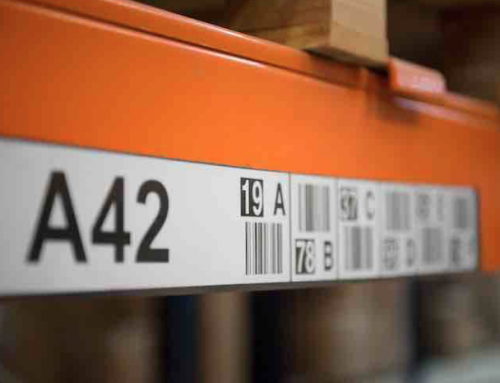Warehouse management systems (WMS) are widely used in larger organisations where stock and order volumes demand a high level of control. But in smaller companies, although stock turn and order volumes are lower, much the same problems are experienced when handling ‘physical stock’.
We therefore ask the question: is a WMS only needed to achieve ‘high levels’ of control, or is it just the way to do things properly, and therefore something a business of any size should consider?
It is usual for a growing company to perceive a need for ‘stock control’ at a certain stage of their development. Software modules which can provide this are often a component of an accounts system, or (in the e-commerce sector) of an online selling solution. Most businesses need accounts and order capture so there can be a logical step to using the stock or inventory-type solutions that come with them.
What these systems do in many cases is OK. If you do not hold the stock yourself you may only need a numeric stock total in order to advise availability to your customers. If you do hold stock, but work with smaller quantities and order volumes such a solution may also be adequate for your needs. But as your business expands the problem of relying on a system for stock accuracy that does not control stock in the physical sense – or is not linked to one that does – becomes bigger.
This is one reason why larger companies nearly always consider WMS to be essential. The other reasons are for operational efficiency. As you expand to hold more stock and process higher numbers of orders, the level of operational control you need to do so efficiently increases. This is where the control offered by WMS based on system instruction, verification of stock transactions, and increasingly, real time movement updates becomes the only true form of stock ‘control’. In other words, these businesses don’t just need to know how much stock they have but also where it is located, whether it is accessible, how old it is, its weight, size and more.
So what stops smaller businesses embracing the WMS system? Clearly cost has been a deterrent in the past, with little available in the market for the smaller company. But now, cloud-hosted systems like the one we offer are available by monthly subscription which makes them accessible to a wide range of companies. The monthly cost of use can represent a minimal sum compared with total labour and operating expenses, and require little cost justification in the traditional sense.
It would be wrong to say ROI does not matter, but it is of less concern than with capital projects. A capital spend involves cash outlay, so a decision to invest in software rather than other business areas needs to be justified. You need to know when you will get your money back! A service-based solution on the other hand need only be justified to the extent of its minimum term (in our case one month!). This can de-risk the exercise, enabling benefits to be realised (or assessed) at low cost.
The potential upheaval to implement a WMS system also deters smaller users. But now, with no need to install big infrastructure, manage servers or administer a database, things are much simpler.
Systems developed specifically for the cloud with the latest web technology and API functionality mean fewer integration issues. And in our own case we have used experience gained on larger company projects to refine the set-up processes and perfect a system genuinely accessible to the smaller user.
So does a WMS pay for itself in a smaller operation? People often say, “we’ve only two people in the warehouse, it wouldn’t give us any benefit”. We disagree. Even with just two people you will see some savings. They will not be huge, as the cost of using a system is higher as a proportion of labour cost. But based on expected improvements, savings become significant at around four warehouse employees, when annual efficiency gains would equate in value to around one staff member. That said, in many smaller businesses, the ability to make existing employees more productive, and to be able to expand without additional recruitment are likely to be seen as more important gains than actual cost savings.
As staff numbers hit double figures, you could expect gains of around £45-50k per year equivalent to two or three staff members, based on employee costs of around £8.00 per hour, plus minimum on-costs. Bear in mind though that this is probably a cautious estimate. The number of factors you can improve by using a WMS and the knock-on effects in your business mean that you could see considerably greater benefits. In the end, what value do you put on the ability to attract, satisfy and retain customers?






